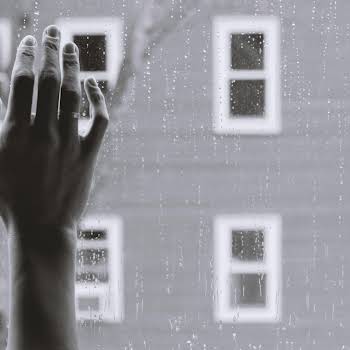
By Erin Lindsay
01st Apr 2020
01st Apr 2020
Domestic abuse resources have called to attention the risks that self-isolation measures pose to those suffering with domestic abuse
An Garda Síochana have lent their reassurance to those dealing with domestic violence and abuse during the Covid-19 outbreak.
The self-isolation and social distancing measures enforced by the government mean that many victims of domestic abuse may be at a higher risk during this time.
Gardaí have said they recognise the heightened anxiety felt by those in this position.
They said: “An Garda Síochána is taking this opportunity to reassure victims that domestic abuse incidents, including coercive control, will continue to receive highest priority response for service.”
“The restructuring of An Garda Síochána ensures that there are more Gardaí than ever on our streets and in our communities around the country and we are ready to assist and protect victims of domestic abuse.”
Gardaí have reported an increase of 16% in reporting of domestic abuse incidents from 2019 to 2020, but have not recorded any significant increase in these incidents since the beginning of the Covid-19 outbreak.
The statement comes as charities and resources that support those suffering with domestic abuse have called for more attention to be paid to the increased risk of incidents while victims are forced to stay home.
On Twitter, Women’s Aid mentioned that workplaces and schools often provide “sanctuaries” for those who live in abusive households, and that social distancing measures mean “there are women trapped inside with their abuser who is using this opportunity to further his control.”
If you or someone you know is dealing with domestic violence or abuse, Women’s Aid’s helpline is available 24 hours a day at 1800 341 900. If you are in immediate danger, call the Gardaí at 112.
Read more: Calls for domestic abuse victims not to be ‘abandoned and ignored’ during Covid-19 outbreak
Read more: New survey finds 88% of women have been harassed while using dating apps
Read more: Coercive control: 10 warning signs and where to go for help























